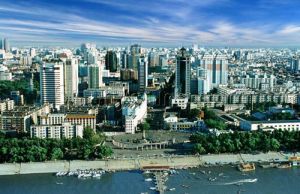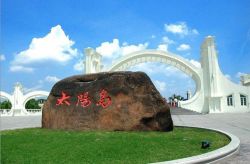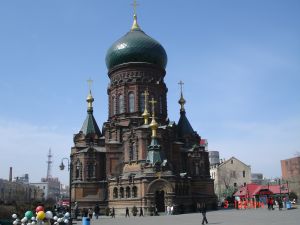Harbin
| Population: | 9.93 million (by the end of 2012) |
| Geography: | Located between 44°04′-46°40′ north latitude and 125°42′-130°10′ east longitude; at the southwest of Heilongjiang Province; at the bank of the Songhuajiang River; in Southern Songnen Plain. Covering an area of 53,100 square km. |
| Neighboring Areas: | Jilin Province and Inner Mongolia Autonomous Region |
| Physical Features: | Low and plain, with average altitude of 150 to 200 meters |
| Nationalities: | Han, Hui, Manchu, Korean, Dawoer, Elungchu, Hezhe, Keerkezi, Elunchun and Mongolian |
| Climate: | Located in the temperate zone; continental climate; long winters and short summers |
| Average Temperature: | 4°C annually |
| Rainfall: | Annually average precipitation of 600mm; concentrated on June, July and August |
Contents
Nature
Mountains: Mt. Erlongshan, Mt. Songfengshan, Mt. Daqingshan, Mt. Xiaoxing'anling and Mt.Yilehulishan
Rivers: Songhuajiang River, Arshihe River, Majiagouhe River, the Mudanjiang River, Mayihe River, Wokenghe River, Tong River and kenhe River
Local Highlights: ginseng, edible fungus, mushroom, sculpture of ice and snow
History
the cradle of the Jin and Qing dynasty; used to be a international commercial city early in the 20th century
Tourism
Songhua River
Known as Huentong River in ancient times, it rises from the Tianchi Lake atop the Baitou Mountain. The water rolls down the mountain as if it fell from the heaven, hence also known as Tianhe River (River from Heaven).
Taiyang Island
Facing the busy urban area across the river, this famous scenic and resting spot is a sand bar embraced by lapping waters, edged by willow-lined embankments. Here leafy trees shade into different greens, flowers show off various colors, fragrant scents permeate the fresh air over undulating sand dunes that alternate with carpet-like lawns and flower beds.
Zhaolin Park
Originally named Daoli Park, it covers 7 hectares at the northern end of Zhaolin Dajie in Daoli District. It was renamed on August 15,1946 after a national hero in the Anti-Japanese War General Li Zhaolin, who was buried in the park after his assassination by the Kuomintang reactionaries.
Harbin Zoo
The Harbin Zoo is one of the large-scale zoological gardens in Northeast China. It occupies 42 hectares on the west skirt of the city, and has on display over 2,800 animals of some 150 species, most of which are rare local species, such as Northeast china tiger, redcrowned crane, sika, moose, reindeer, sable, black bear and swan.


